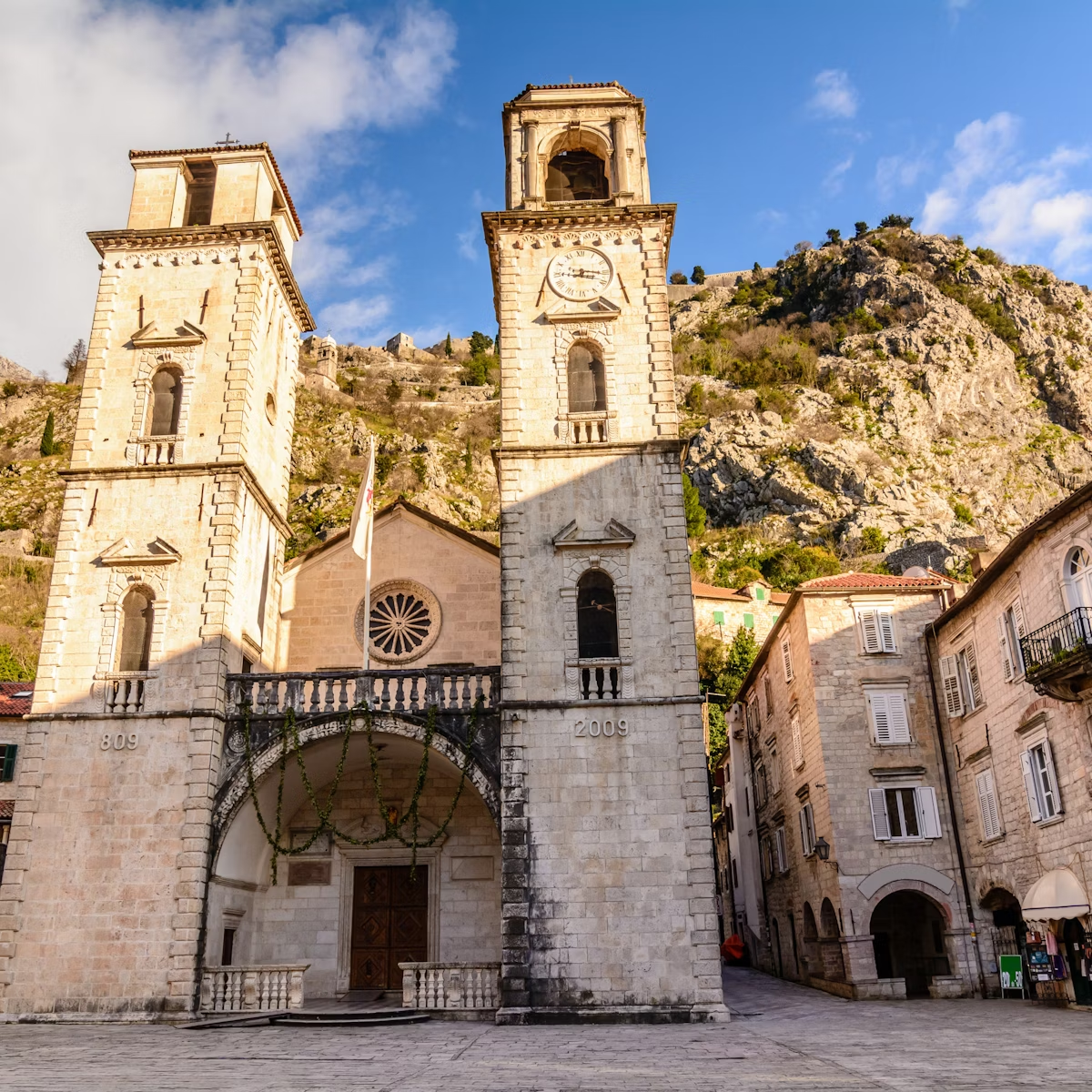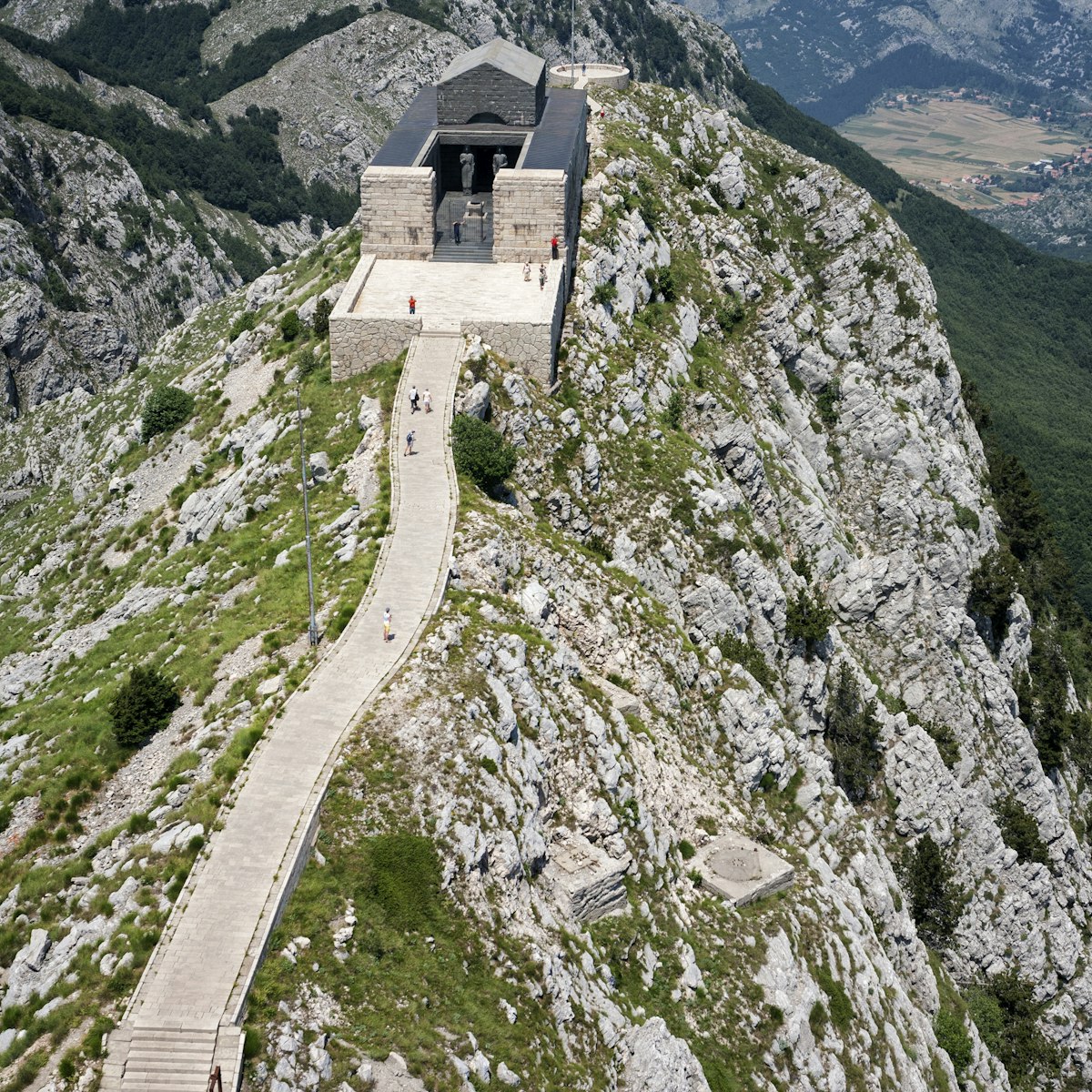While its present appearance dates from the 19th century, this stone church was actually founded around 1450, thus predating the Montenegrin founding of Cetinje. A sumptuous gilded iconostasis (1878) is the centrepiece of the current church. Take a close look at the churchyard's fence: it’s made from 1544 barrels of guns taken from the Ottomans during the wars at the end of the 19th century.
Two 14th-century stećci (carved stone monuments) stand in the churchyard, examples of carved tombstones that are found throughout northern Montenegro and neighbouring Bosnia.
Vlach people can be found throughout the Balkans. They’re believed to be the remnants of the Roman population (either ethnically Latin or Romanised Illyrians) who retreated into the less accessible areas as the Slavs poured in from the north. In Montenegro they formed seminomadic shepherding communities, moving their flocks between summer and winter pastures. While in neighbouring states they retain their own Latin-based language and customs to a degree, in Montenegro they appear to have been assimilated into the Slavic population.




